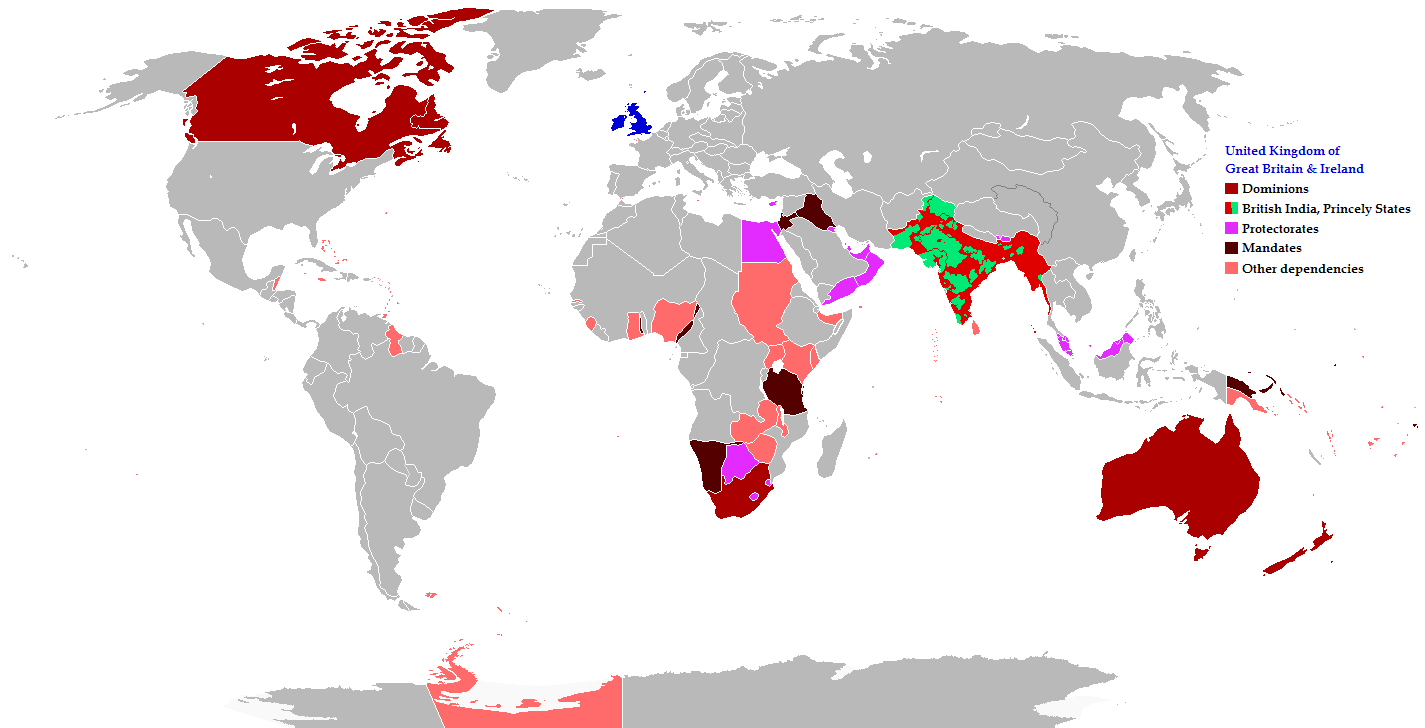TLDR: The history of Britain traces back to prehistoric times, highlighted by the construction of Stonehenge. Roman rule from 43 to 410 AD introduced infrastructure but ended with invasions by the Angles, Saxons, and Jutes, leading to the formation of early kingdoms. The Viking invasions resulted in the Danelaw, while King Alfred the Great defended against these threats. The Norman Conquest in 1066, led by William the Conqueror, transformed society and politics in England. The Plantagenet era saw the signing of the Magna Carta, while the Tudor dynasty brought the English Reformation. The 18th century marked the union of England and Scotland, followed by the Industrial Revolution, and the 20th century involved two world wars, decolonization, and Brexit.
Prehistoric and Roman Influences
The tale begins in the depths of prehistory, where evidence of human life can be traced back to the Paleolithic age. During the Late Neolithic and Early Bronze Age, remarkable structures like Stonehenge were erected, showcasing early human ingenuity. In 43 AD, the Roman legions invaded, paving the way for the creation of the province known as Britannia. This Roman rule, which lasted until around 410 AD, laid down vital infrastructures such as roads and cities, leaving a significant imprint on the landscape.
The Early Middle Ages
With the Roman departure, Britain encountered waves of invasions from various tribes, including the Angles, Saxons, and Jutes. This turbulent era led to the formation of numerous kingdoms, which ultimately coalesced into the Kingdom of England. The spread of Christianity gained momentum, particularly following St. Augustine's mission in 597 AD, marking the beginning of a new religious era. The Anglo-Saxon Chronicle, an essential historical record, began documenting the events of this transformative period.Viking Raids and the Danelaw
From the late 8th century onward, Viking raids became a significant threat, resulting in the establishment of the Danelaw—regions in England governed by Viking law. Noteworthy figures like King Alfred the Great (871-899) rose to prominence, leading successful defenses against these invasions and helping restore Anglo-Saxon dominance.How did King Alfred the Great succeed against the Vikings?
King Alfred the Great's success in defending against Viking invasions stemmed from his effective military reorganization, including the establishment of fortified towns (burhs) for local protection. He built a strong navy to counter Viking longships and employed guerrilla tactics to disrupt larger enemy forces. Additionally, Alfred negotiated treaties, like the Treaty of Wedmore, to establish peace and boundaries with Viking leaders. His promotion of cultural unity and national identity among the Anglo-Saxons rallied the population against a common threat, solidifying his legacy as a formidable leader.
The Norman Invasion
In 1066, the political landscape shifted dramatically when William the Conqueror, the Duke of Normandy, invaded England, defeating King Harold II at the decisive Battle of Hastings. This Norman Conquest brought sweeping changes to England's societal and political structures, instituting feudalism and initiating monumental architectural projects, including the iconic Tower of London.King Harold II lost the Battle of Hastings primarily due to exhaustion and tactical disadvantages. After defeating the Norwegians at the Battle of Stamford Bridge just days earlier, his forces were fatigued. During the battle, William the Conqueror's troops executed a feigned retreat, luring Harold's men into a vulnerable position, which allowed the Normans to regroup and launch a decisive counterattack. Harold was ultimately killed by an arrow, leading to the collapse of his forces and the fall of Anglo-Saxon rule in England.
Plantagenet Era and the Magna Carta
The Plantagenet dynasty reigned from the 12th century, a period marked by significant conflicts, including the Hundred Years' War (1337-1453) against France. In a landmark moment in 1215, King John was compelled to sign the Magna Carta, a document that curtailed the powers of the monarchy and laid the foundation for modern parliamentary democracy.The Tudor Dynasty
The 16th century heralded the emergence of the Tudor dynasty, initiated by Henry VII. His son, Henry VIII, is well-known for his six marriages and the English Reformation, which led to the establishment of the Church of England, independent from the Roman Catholic Church. Elizabeth I's reign (1558-1603) is often celebrated as a golden age, distinguished by cultural flourishing, overseas exploration, and the successful repulsion of the Spanish Armada in 1588.Stuart Era and Civil Unrest
The 17th century was characterized by religious conflict and political discord, culminating in the English Civil War (1642-1651) between the Royalists and the Parliamentarians. The war concluded with the execution of King Charles I in 1649 and a brief republican government under Oliver Cromwell. The monarchy was restored in 1660 with the ascension of Charles II.Union of England and Scotland
The Acts of Union in 1707 brought England and Scotland together, forming the Kingdom of Great Britain. This period marked the expansion of the British Empire, which rapidly grew during the 18th and 19th centuries to become the largest empire in history. |
| Year 1919 - British Empire covered approximately 24% of the Earth's land area. Maps & Lucy, CC BY-SA 2.5, via Wikimedia Commons |




Post a Comment